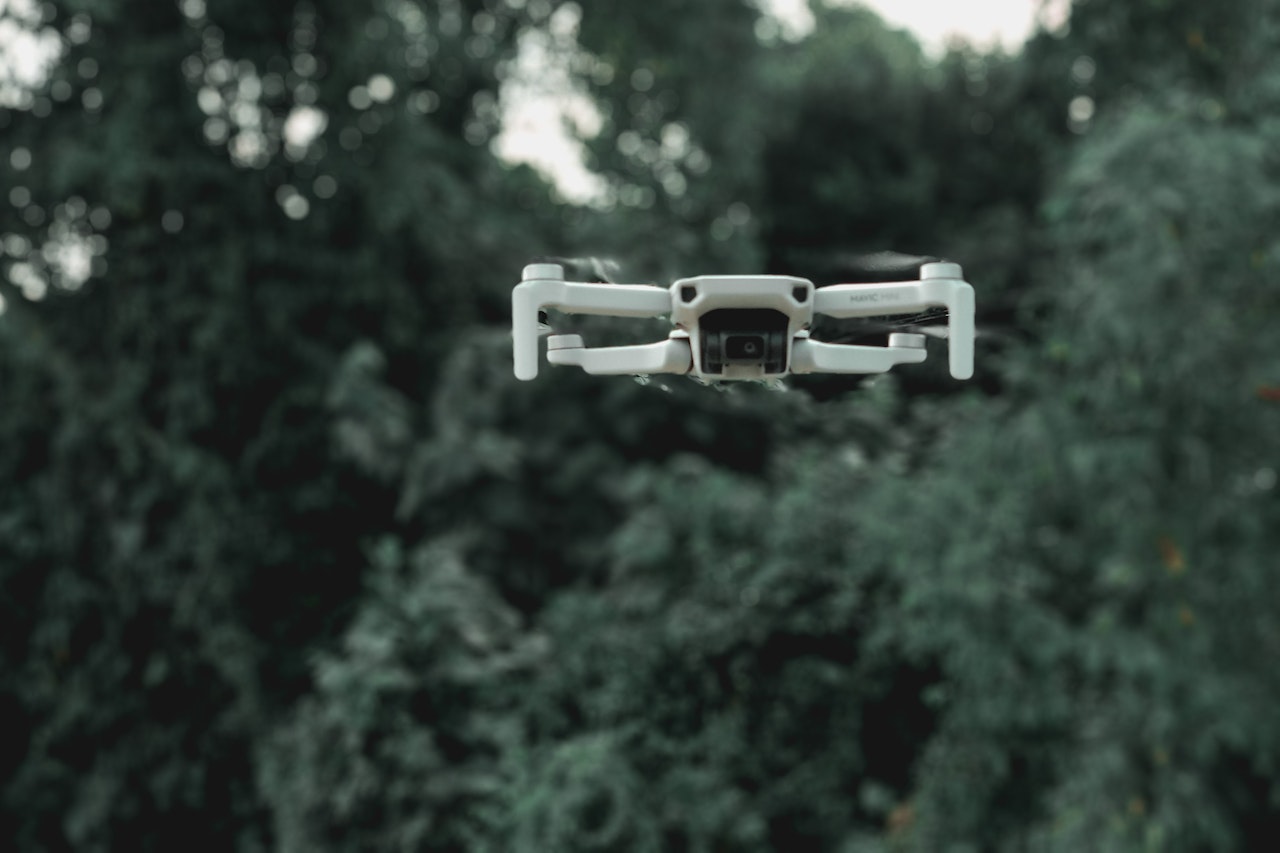UAVs (Unmanned Aerial Vehicles ) are becoming a crucial tool in the arsenal of governments and security agencies worldwide as technology advances rapidly. The flexibility and capabilities of these devices have shown themselves to be valuable assets in the battle against illegal smuggling and immigration, as well as other types of security challenges.
Many Countries, Including the US and Europe, Use Drones for Surveillance
The European Maritime Safety Agency (EMSA) is utilizing unmanned aerial vehicles (drones) to assist with border control, pollution monitoring, and the identification of illegal activities such as fishing and drug trafficking.
Drones, or Unmanned Aerial Vehicles (UAVs), have completely changed the way border security and maritime surveillance are done. With advanced sensors and cameras, these high-tech devices are perfect for keeping an eye on large areas of land and sea in real-time.
UAVs Improve Border Security and Maritime Surveillance
Let’s take a closer look at how UAVs are being used to improve border security and maritime surveillance, as well as the advantages of using this technology.
Border Security
Keeping borders safe is a complex task for nations worldwide. As threats are continually shifting, and it’s essential to balance safety with people’s rights, the use of Unmanned Aerial Vehicles (UAVs) for border security has become a more and more viable option.
UAVs offer unparalleled surveillance abilities, enabling real-time monitoring of extensive regions with minimal danger to those on the ground. They can also be deployed quickly to address any suspicious activity or potential hazards, shortening response times and raising the chances of successful interventions.
As technology continues to evolve, we can expect to see even more advanced UAVs being used in border security and maritime surveillance in the future.
Maritime Surveillance
Maritime surveillance is a vital practice that monitors and tracks ships, boats, and other vessels to ensure the safety and security of maritime traffic and prevent illegal activities such as smuggling, piracy, and illegal fishing.
One of the most significant advantages of maritime surveillance is the ability to respond quickly to any potential threats or emergencies. For example, if a ship is distressed, a maritime surveillance system can promptly detect the emergency and send out a rescue team for assistance.
Radar is Widely Used, but so are AIS and Satellite Imagery
Additionally, maritime surveillance can be used to track and intercept vessels that are engaging in illegal activities, such as smuggling or piracy. There are various technologies and methods used in maritime surveillance, such as radar, Automatic Information Systems (AIS), and satellite imagery. Radar is a widely used technology that has been used for decades to detect and track ships.
The market for global maritime analytics is projected to grow significantly over the next five years. In 2021, it was valued at 1.10 billion dollars, and by 2027, it is expected to reach 1.89 billion dollars. This is an impressive growth rate of 9.84% throughout the forecast period from 2022 to 2027.
In a nutshell, maritime surveillance is crucial for ensuring the safety and security of maritime traffic and preventing illegal activities. With the use of advanced technologies, increased collaboration, and information sharing, maritime surveillance plays a vital role in maintaining the security of the maritime domain.
Advantages of Using UAVs in Maritime Surveillance
Maritime surveillance has greatly benefited from the use of Unmanned Aerial Vehicles (UAVs) or drones. Governments and organizations are increasingly utilizing these cost-effective and efficient tools to monitor and protect large areas of water while minimizing the risk to personnel. Let’s take a closer look at some of the advantages of using UAVs in maritime surveillance.
-
Increased Surveillance Capabilities
Unmanned Aerial Vehicles (UAVs) have the ability to monitor large stretches of water in real-time, giving security agencies a whole new level of surveillance capabilities. These drones can be fitted with various advanced sensors, such as cameras, radars, and infrared sensors, which help detect suspicious ships and other potential hazards.
UAVs can be quickly deployed to a location, reducing response times and increasing the chances of successful interdiction. They can also be used to track and intercept suspicious vessels, providing valuable information to authorities.
-
Reduced Risk to Personnel
UAVs do not put human lives at risk as they are unmanned, it can fly in high-risk areas such as near volcanic islands, oil rigs, or in war zones where manned aircraft would be too dangerous to operate.
UAVs are significantly cheaper to operate than traditional surveillance methods, such as manned aircraft or ships. This is largely due to their small size and the fact that they do not require a human operator.
UAVs are able to operate in a wide range of environments and conditions, making them ideal for use in maritime surveillance. They can fly at low altitudes and navigate through tight spaces, providing a level of flexibility that is not possible with traditional surveillance methods.
UAVs are able to stay in the air for long periods of time, providing continuous coverage of a given area. This is particularly useful for monitoring large areas such as coastal regions or shipping lanes.
UAVs have proven to be a valuable tool for maritime surveillance, providing cost-effective, flexible, and high-resolution coverage of coastal areas, ports, and shipping lanes. As technology continues to advance, it is likely that UAVs will play an even greater role in maritime surveillance in the future.
Final Thoughts
In recent years, the use of unmanned aerial vehicles (UAVs) for border security and maritime surveillance has become increasingly crucial. These vehicles offer various benefits compared to traditional surveillance methods, such as cost-effectiveness, versatility, long flight durations, high-resolution imaging, low noise, safety, and real-time data.
With technology advancing, UAVs are becoming more self-sufficient and efficient in their operations, resulting in enhanced coverage and protection of our borders and coastal regions. As national security concerns continue to evolve, it’s evident that UAVs will have a vital role in ensuring the safety and security of our country.
Featured Image Credit: Photo by Pok Rie; Pexels; Thank you!



